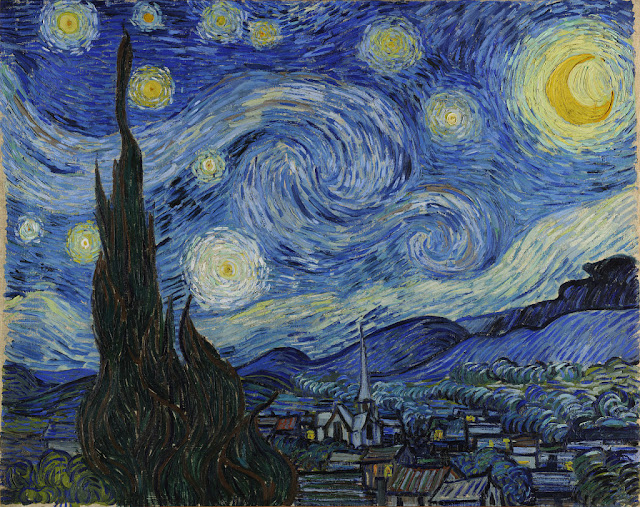 |
| Good drawing requires few basic skills. - Photo by: drawingartpic.com |
Everyone has the ability to draw whether it is good or not. Such as any other skill, drawing quality will improve with repetitive training. This process anyway can be shortened with talent and proper training. So, if you are interested in drawing, one thing that you need to put in mind - find a good training program and keep on learning.
Drawing
Drawing is an important skill in many fields. Whether you truly want to be an artist, or you want to be a biologist or scientist – the drawing skills really going to help you a lot. Even for house builders, basic drawing skill helps them to materialize their ideas easily.
If you are talented in drawing, then the process will be much easier. Anyway, learning of the basic drawing skills is still required in order to improve your result. There are few skills in drawing to make sure you can produce the greatest result as you want it.
Basic drawing skills:
 |
| Drawing lines need to be trained properly to get a good result. - Photo by: bikersshop.info |
Drawing of shapes
The first step in drawing is the ability to draw shapes. This practice actually will help you to control your hand to produce the same thing that you want to draw from your mind. By drawing the simple shapes such as circle, square, ellipse, triangle, and long straight line, you can tell the amount of pressure that you need to apply and how to move your hand correctly. This exercise will get easier after some period of times, until you find that it is not a problem at all.
After that you can go to the next step with 3D objects such as cube, sphere, cylinder, cone, triangular pyramid, square pyramid, triangular prism, and torus. Learn how to use the construction lines to make sure you get the shapes correct. Then you can go to the next step of shading by adding the direction of light source. This is the fun part of learning basic drawing.
 |
| Drawing basic shapes to help you get it everything in the right proportion. - Photo by: fun-stuff-to-do.com |
This exercise can be upgraded by experimenting with different materials such as coarse surface, for example a brick instead of just regular cube. So you can see the different shades of light on the surface. How about when you put few shapes closer, how the light will look like on each surface.
Draw in perspective
This is another important basic skills in drawing. Perspective will give the depth in your drawing. It also will help you understand how to draw objects that are closer and the objects that are further. There are a few important steps in this exercise.
One point perspective
 |
| One point perspective. - Photo by: helloartsy.com |
Two-point perspective
 |
| Two-point perspective. - Photo by: helloartsy.com |
Three-point perspective
 |
| Three-point perspective. - Photo by: helloartsy.com |
By mastering these basic skills you are ready to draw a panorama view. Is also helps if you’re drawing multiple object with consideration of space and depth, for example, large room with furniture, windows and door.
Drawing Human and Animals
 |
| Basic drawing of the head (for manga character). - Photo by: moziru.com |
The next step you can start to learn how to draw human and animals. You can start this part earlier before you learn the perspective drawing. It’s depend on what is your goals are. If you want to draw a portrait as your main subject than you can skip the perspective drawing. But still, you need to learn the perspective in order to master all the basic techniques in drawing to improving your skills.
Drawing human and animals have their similarities. Here you need to use your skills in drawing the basic objects a lot. You are going to use many construction lines, drawing basic shapes such as round, circular lines, straight lines and many others. That’s why you need to keep on practicing in order to have proper control of your tools – and how to use the right pressure for different types of lines.
Composition
 |
| The right composition will make your drawing more appealing. - Photo by: watercolorpainting.com |
Composition is an important element to make sure that your drawing will give an impact to your viewers. Good drawing skills alone will not be enough to get a good result without correct composition. It’s allow your viewer to catch the right message on your drawings.
Composition is not hard to understand, but you need to train yourself properly in order to get it right. Once you get used to it, usually it will be naturally get into your drawings. All of these elements usually will be explained in most of basic drawing classes.
Keep on practicing
Keep on practicing will help you to fasten the process of drawing. You will know when to remove some guidelines as you can imagine where it will be. Don’t do this at an early stage as it will make you unable to grasp the technique properly.
Keep on doing the same practice as shown on your exercises. Try different characters, shapes, scenes and try your own imagination. You might someday draw with your own styles, but let it happen naturally. Sometimes you will notice it when you are in a hurry – but don’t rush it.
Some links to learn drawing for free.
- Free basic drawing by Bill Martin
- Another best drawing site by bikersshop.info
- Another useful tutorial from design.tutsplus.com
- You also can follow some tutorials from artistinschool.com (there are also many inspiring videos related to art).
* Links and videos that provided in this article are just for guidance, you can find your own exercise if you think you like it.






















